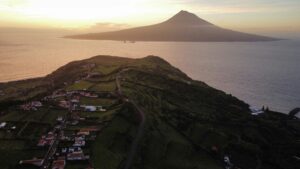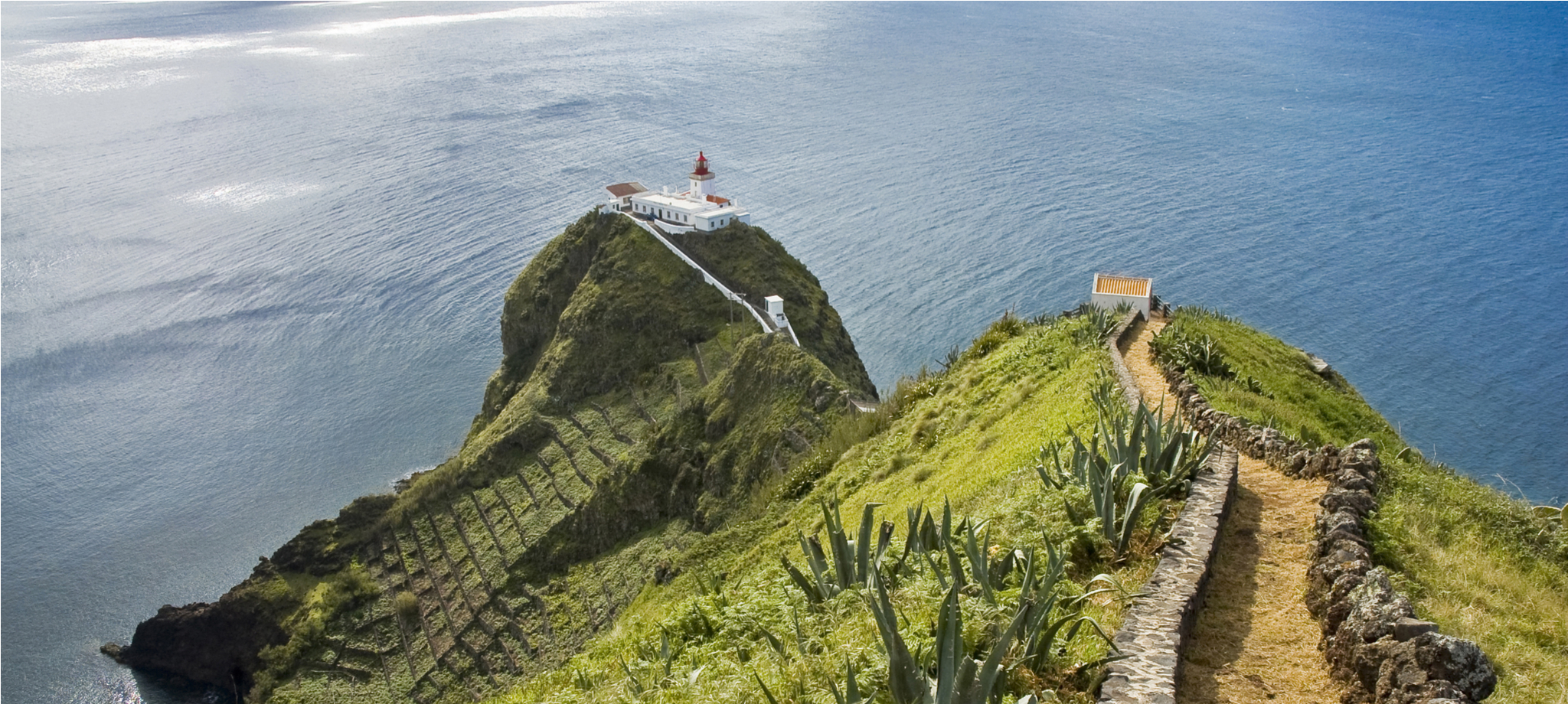The history of Faial Island, Azores
Faial Island, part of the Azores central group, has a rich history shaped by its strategic location in the Atlantic. Known as the “Blue Island“, Faial has attracted explorers, traders, and settlers for centuries.

Photo by Jan Bachor on Unsplash
Early settlement and flemish influence
Originally named “São Luiz” by Portuguese explorers, Faial saw its first major settlement by Flemish immigrants in the 15th century. Josse van Huerter, a Flemish nobleman, arrived searching for tin and silver but found none. However, he secured a letter patent in 1468, bringing more settlers from Flanders. These settlers established communities, including the parish of Flamengos, which reflects their Flemish roots. Agriculture, particularly the cultivation of woad, became the island’s primary economic activity.
Spanish occupation and pirate attacks
In 1583, Faial was seized by a Spanish fleet during Spain’s occupation of the Azores. This period also saw attacks by English privateers, most notably by Sir Walter Raleigh in 1597. His raid on Faial caused significant destruction, further unsettling the island during the turbulent political era.
Faial’s role in the liberal wars
Faial played an active role in Portugal’s Liberal Wars of the 19th century. The island supported the liberal cause, and King Pedro IV visited in 1832, marking its political significance. Faial’s harbor also became an important stop for transatlantic ships and American whalers.
20th century communications hub
By the early 20th century, Faial became a key global communications hub, with telegraph cables connecting Europe and North America. The island also served as a refueling station for early transatlantic seaplanes. Horta’s port developed into a world-famous stopover for yachts and transatlantic travelers.
Volcanic eruption at capelinhos and modern development
In 1957, the Capelinhos volcano erupted, dramatically altering Faial’s landscape. This event buried homes in ash but created new land, drawing scientific and tourist interest. Today, Faial thrives through agriculture, tourism, and its renowned maritime culture. The port of Horta continues to be a central meeting point for sailors from around the world.
Explore the island’s rich history and scenic beauty with our tour packages, designed to immerse you in all Faial has to offer.
